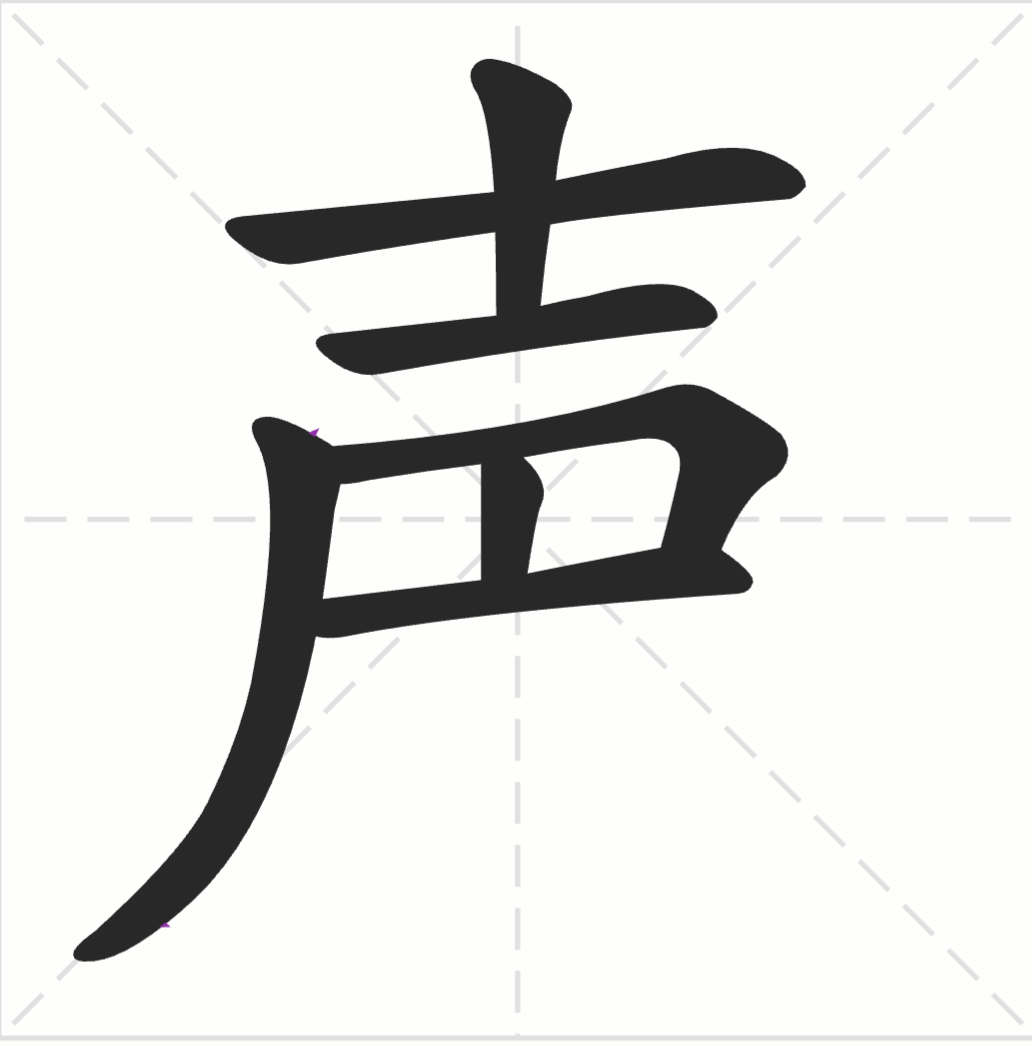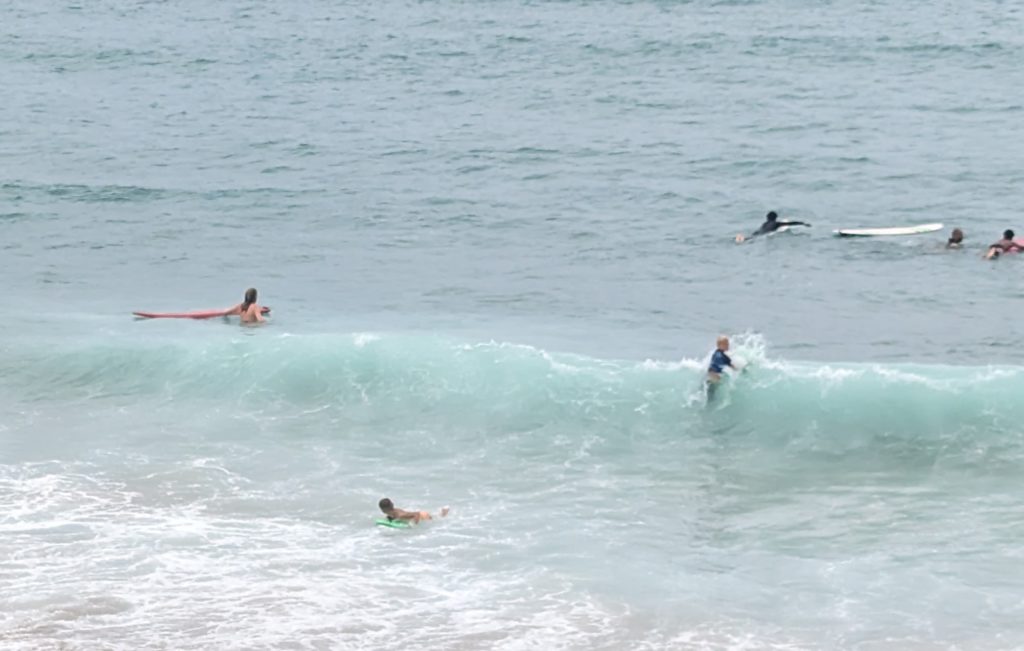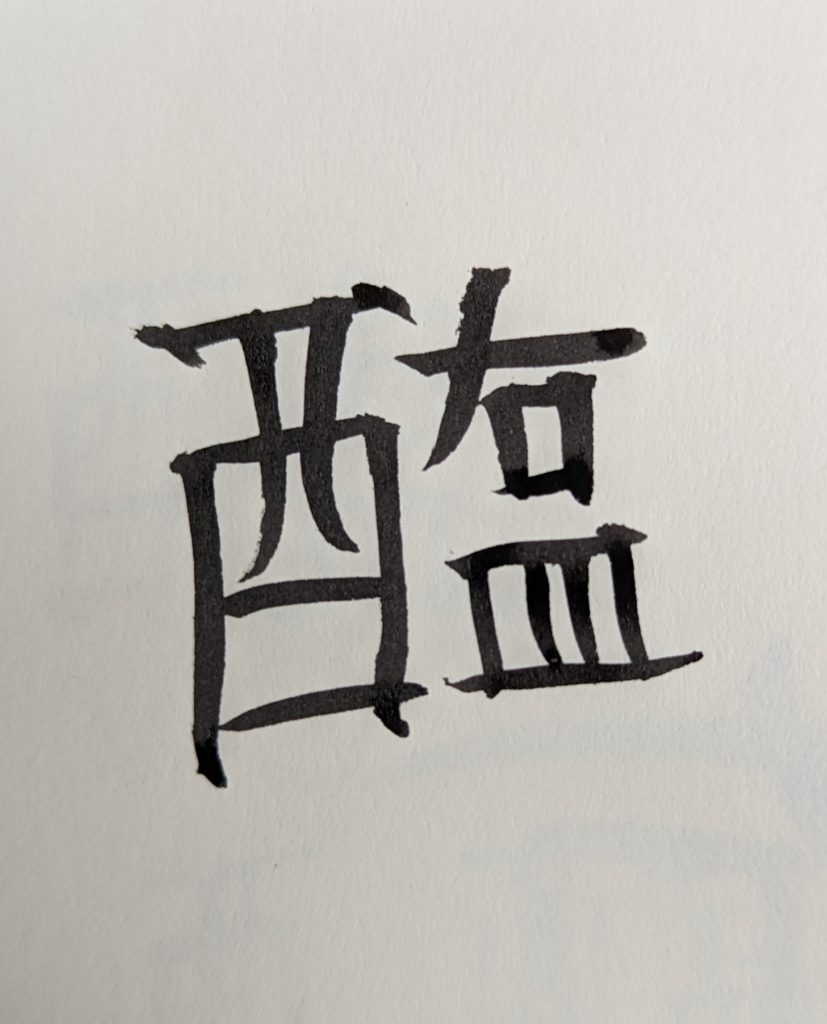5k recovery run after illness, keeping heart rate under 130bpm. Red yellow and green, shining with wet. An tree with leaves like handkerchieves, cordoned with red and white tape. I went to see the metal label, as it was in the arboretum. Foxglove tree. Stepping around the cordon, there’s a sign to keep away, “hornet nest”. I should have approached from the front.
Balancing along the wooden equipment. Edging my way along the suspended log until I fell.
Running on, thinking about cutting each thought story – “snip”. And how the thought stories relate to the need to control what’s happening around.
Snip.
And then thinking about Tai Chi being only a word. When standing, it’s not descriptive, like “running”. It could be renamed, when doing wuji, to “getting used to being with yourself, listening to your tension so it dissipates, letting the underlying process emerge so that something happens a little like a boat floating free from hindrance as the tide comes in”.
Snip.
Later in the afternoon, 25 minutes or so of standing, and then the start of the long form. Roblox is underway in the front room with my son and two of his friends. None of us four are moving much, but there’s lots going on.
Yesterday I finished Ziyad Marar’s Noticing (How we attend to the world and each other). There was lots to take away from it, not least the conclusion, and the vital need to pay attention to others. What’s sticking with me today is his appraisal of noticing in George Eliot’s Middlemarch, and her conclusion:
For the growing good of the world is partly dependent on unhistoric acts; and that things are not so ill with you and me as they might have been, is half owing to the number who lived faithfully a hidden life, and rest in unvisited tombs
Which in turn prompts TT Liang (Steal My Art):
…after a short period of death nobody knows who’s who anyway. All are dirt! The best way is to be the most unknown person in the world to enjoy life while living longer.



